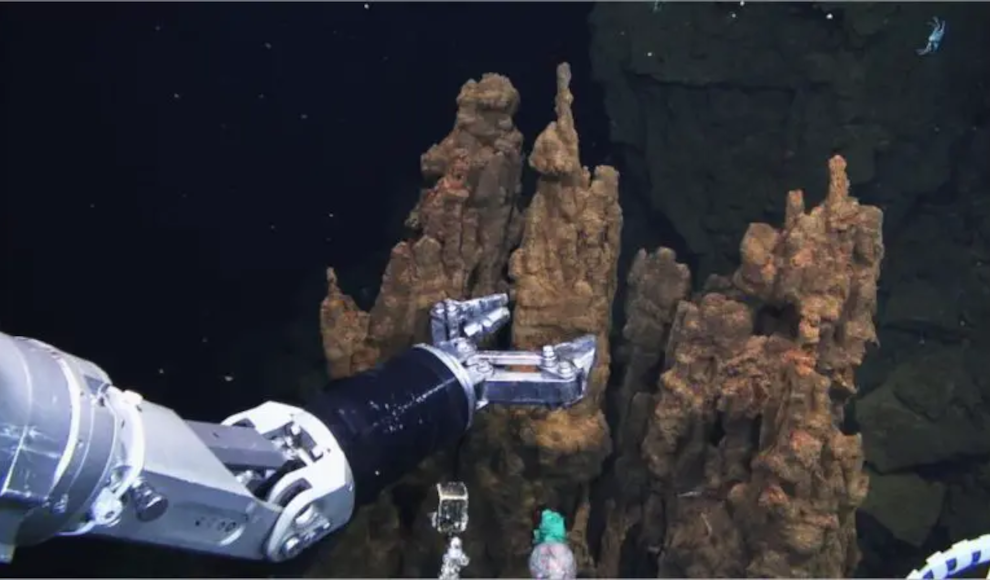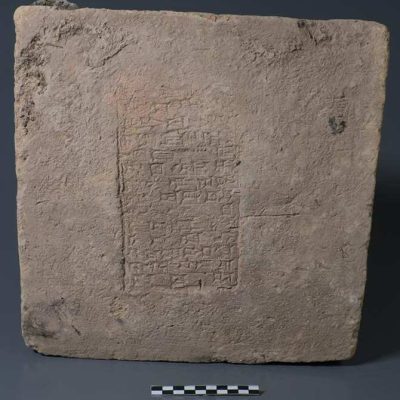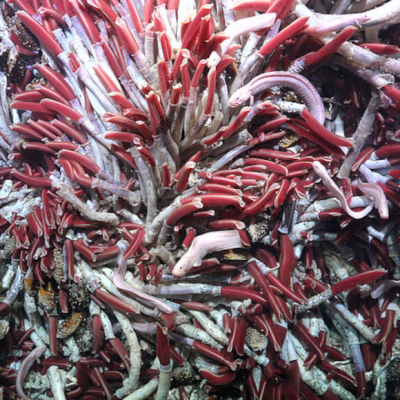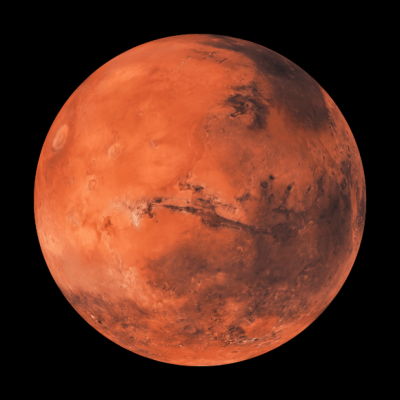In a groundbreaking discovery, magnetotactic bacteria have been found in the deep sea, using the Earth’s magnetic field as a “railway track” for orientation. These microorganisms could be of great significance in the search for extraterrestrial life and provide information about the early conditions on Earth. Researchers from the University of Tokyo have discovered bacteria in the hydrothermal vents of the deep sea that can sense the Earth’s magnetic field. The microorganisms contain membrane-enclosed iron crystals (magnetosomes) that align themselves like a compass. The bacteria use the Earth’s magnetic field as a guide to move in a north or south direction.
According to the team led by Yohey Suzuki, these tiny organisms play an essential role in the biogeochemical cycle of carbon, nitrogen, and other key elements. The bacteria were discovered during a scientific expedition to the southern Mariana Trench in the western Pacific in 2012. The unexpected find gives researchers hope that these bacteria could exist in other unexpected places, both on Earth and possibly on Mars or other distant worlds. The researchers also explain that magnetotactic bacteria can be preserved in rocks for billions of years, providing information about the Earth’s magnetic pole shift and allowing researchers to reconstruct the early conditions on Earth.
The discovery of magnetotactic bacteria in the deep sea is a significant breakthrough in the field of astrobiology. These microorganisms could provide valuable insights into the search for extraterrestrial life and the early conditions on Earth. The researchers hope to continue their search for these bacteria in various types and ages of rocks on Earth and beyond. The unexpected discovery of these bacteria in the deep sea has opened up new avenues of research and exploration, and the possibilities are endless.










